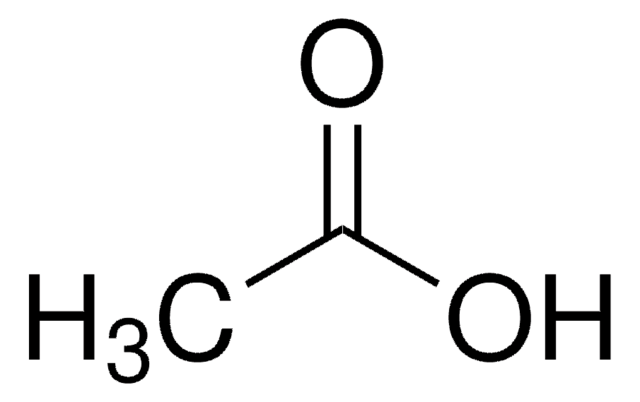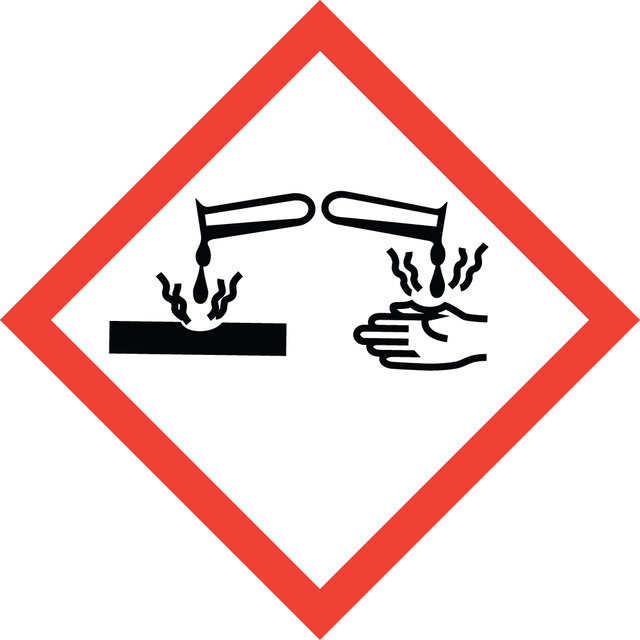398098
Hydriodic acid
contains no stabilizer, ACS reagent, 55%
Synonym(s):
Hydriotic acid
About This Item
Recommended Products
grade
ACS reagent
Quality Level
assay
55%
55.0-58.0% (ACS specification)
form
liquid
does not contain
stabilizer
impurities
≤0.75% I2
ign. residue
≤0.01%
bp
127 °C (lit.)
density
1.7 g/mL at 25 °C
anion traces
bromide, chloride (as Cl-): ≤0.05%
phosphate (PO43-): ≤0.001%
sulfate (SO42-): ≤0.005%
Looking for similar products? Visit Product Comparison Guide
Related Categories
1 of 4
This Item | 210013 | 210021 | 248649 |
|---|---|---|---|
| grade ACS reagent | grade - | grade - | grade ACS reagent |
| assay 55%, 55.0-58.0% (ACS specification) | assay 99.99% trace metals basis | assay 99.95% | assay - |
| Quality Level 100 | Quality Level 100 | Quality Level 100 | Quality Level 200 |
| form liquid | form liquid | form liquid | form liquid |
| storage temp. 2-8°C | storage temp. room temp | storage temp. 2-8°C | storage temp. 2-8°C |
| impurities ≤0.75% I2 | impurities - | impurities - | impurities - |
General description
Application
It may be used in the following processes:
signalword
Danger
hcodes
Hazard Classifications
Aquatic Chronic 2 - Eye Dam. 1 - Met. Corr. 1 - Skin Corr. 1B
Storage Class
8B - Non-combustible corrosive hazardous materials
wgk_germany
WGK 1
flash_point_f
Not applicable
flash_point_c
Not applicable
Choose from one of the most recent versions:
Already Own This Product?
Find documentation for the products that you have recently purchased in the Document Library.
Articles
The synthesis of biaryl compounds via the Suzuki–Miyaura coupling reaction has become more commonplace now that many arylboronic acids are readily available.
Our team of scientists has experience in all areas of research including Life Science, Material Science, Chemical Synthesis, Chromatography, Analytical and many others.
Contact Technical Service








